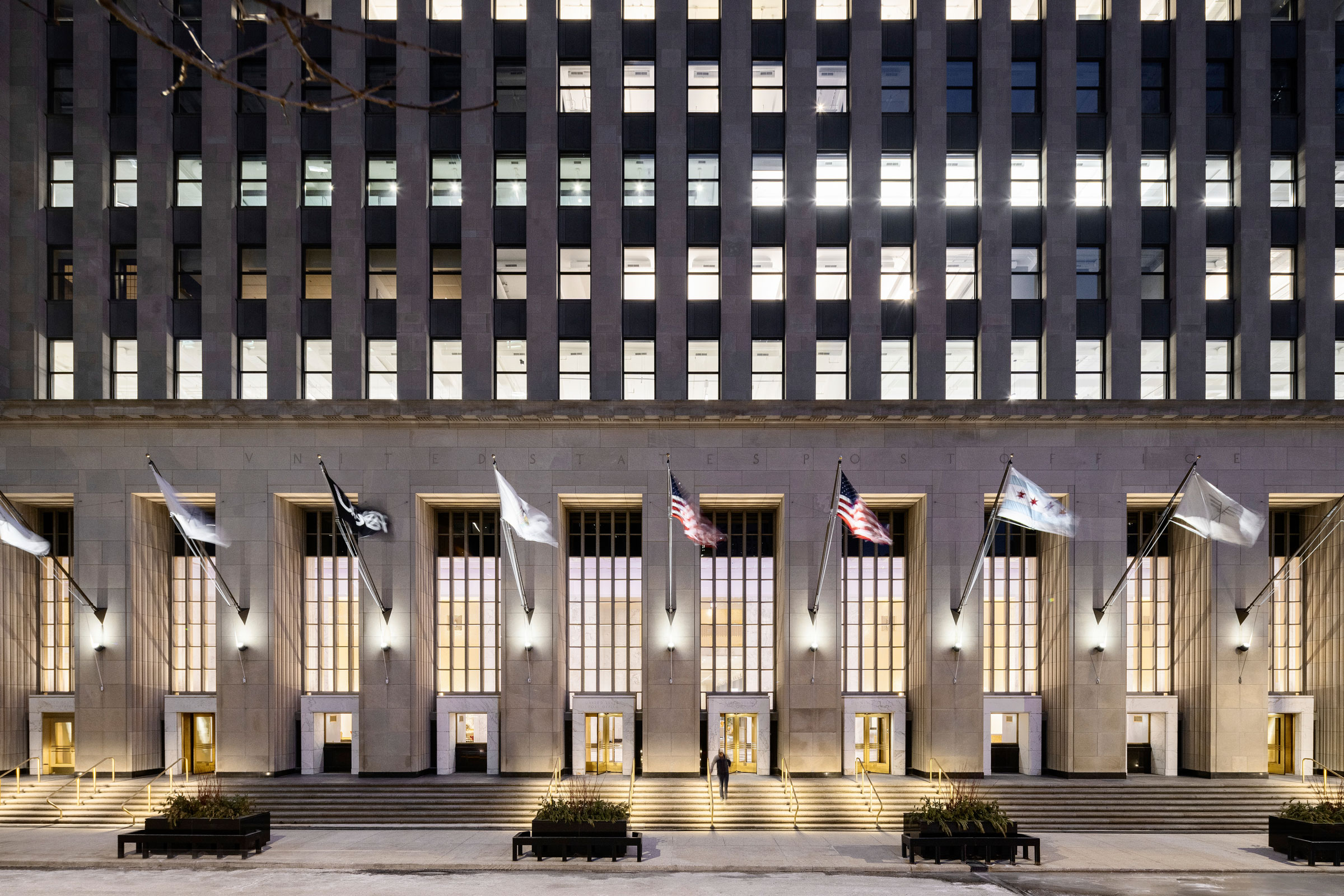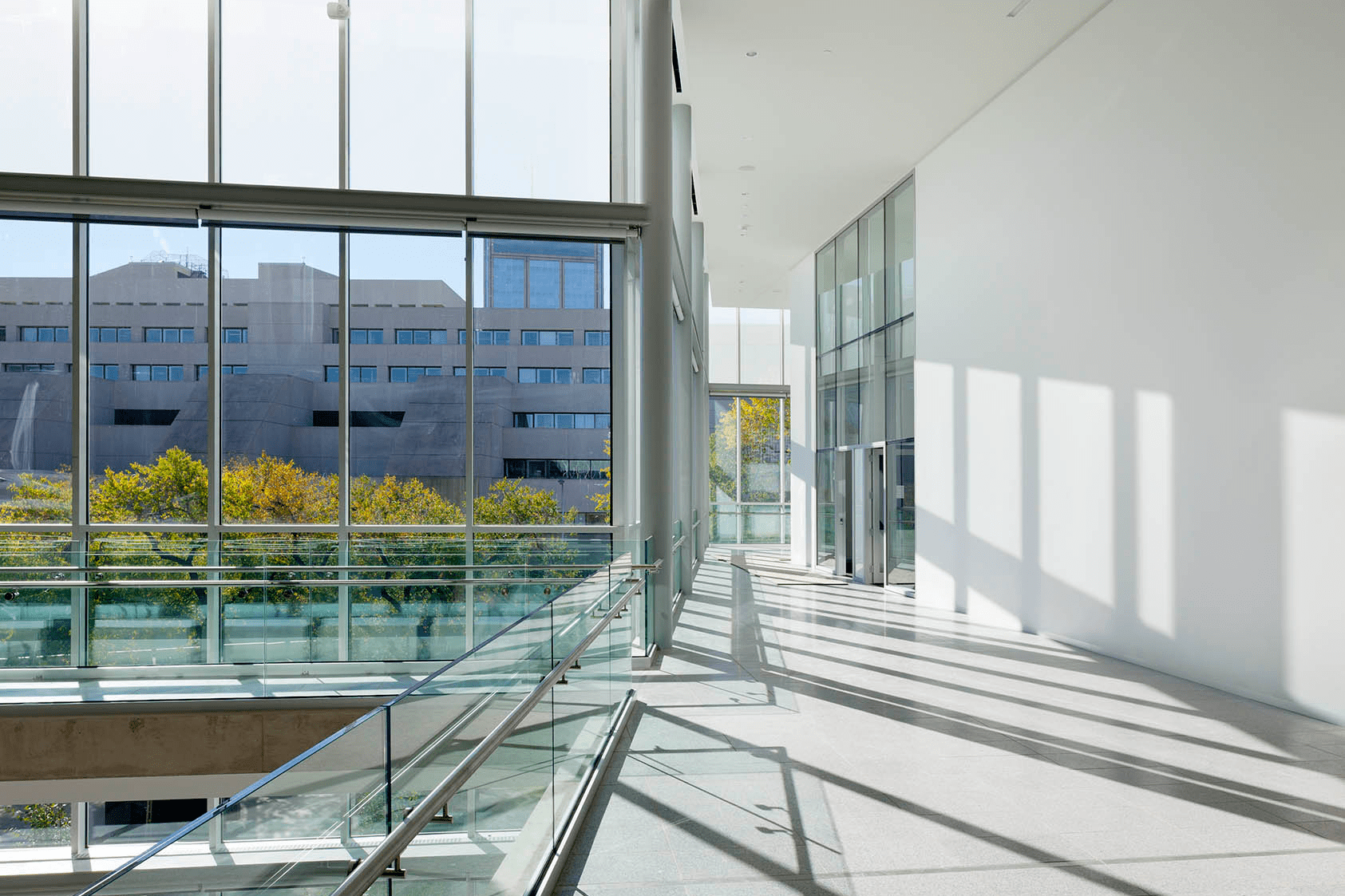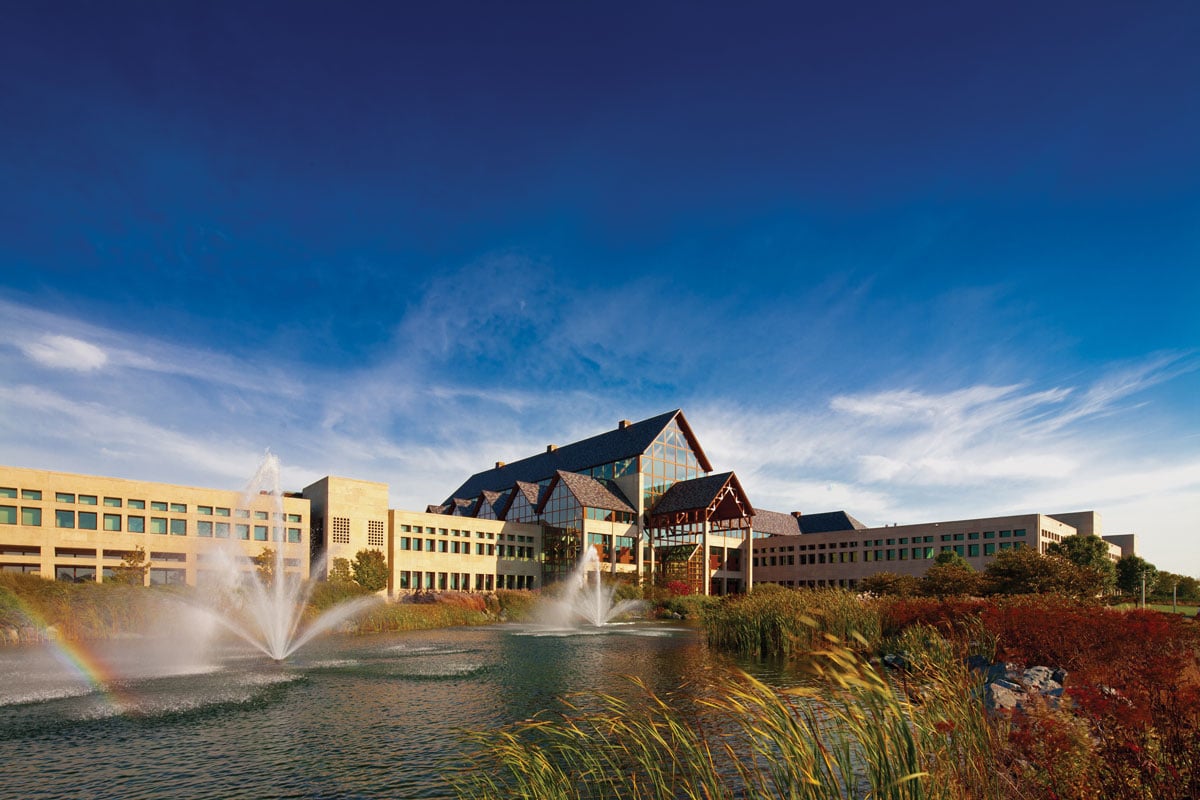Story at a glance:
- Natural stone is the most sustainable building material of all if it’s quarried 500 miles or less from a construction site.
- Indiana limestone and granite are two popular examples of natural stone that last for centuries in the exterior or interior of buildings.
- Elbow grease, soap, and water are all you need for cleaning natural stone in most cases.
Visitors to New York’s Empire State Building or Washington, D.C.’s Lincoln Memorial are often left breathless when viewing the sheer grandeur of these architectural wonders for the first time. Perhaps it’s really the beauty of the natural stone that takes their breath away.
Natural stone was commonly used to make most structures before cement was invented. Many of these natural monoliths are still standing—even millennia later—like the Egyptian pyramids or the Great Wall of China. Just further testaments to the enduring quality of natural stone.
Fortunately cleaning natural stone is extremely easy. Here’s all you need to know to take care of natural stone so it will last for centuries.
Examples of Natural Stone
It’s easy to find buildings constructed out of natural stone all over the world. Here are a few closer to home.
Old Chicago Post Office, Chicago

Building facades are one of most prevalent areas where natural stone is used in modern architecture, whether it’s Indiana limestone or granite for a timeless look. Polycor was used on the exterior of the Old Chicago Post Office. Photo by Serhii Chrucky
Restored by Gensler using Indiana limestone sourced from Polycor, the 1921 building could easily be mistaken for a new build because it looks spectacular, inside and out. “One of the benefits of the Indiana limestone that was on that project is that when you have to do these renovations decades later, Indiana limestone is such a consistent material that the stone that comes out of the ground today will basically look like the stone that came out of the ground 100 years ago,” says Stephen DiRaffaele, an Indiana limestone expert, in a previous gb&d article.
Research shows that natural stone has the smallest environmental footprint of all building materials. “If you have to bring it in from very far away, all of that goodwill can go out the window because now you’ve used a lot of resources to move a very heavy material a long distance. When we’re talking about sustainable stone, we’re really looking for stone that’s maybe within 500 miles of the site,” Gensler’s Ashley Rogow, project architect for the Post Office project, recounts in an earlier article for gb&d.
Royal Alberta Museum, Edmonton, Canada

The Royal Alberta Museum in Edmonton received a Tucker Design Award from the Natural Stone Institute in August 2020. Designed by architecture firm DIALOG, this project used Polycor’s Indiana limestone in standard gray. Photo courtesy of Polycor
The Royal Alberta Museum won a 2020 Tucker Design Award from the Natural Stone Institute. Showcasing Polycor’s Indiana limestone in standard gray, this project was designed by architecture firm DIALOG.
“Stone has an extremely low embodied carbon footprint when you compare it to aluminum, steel, or plastic,” says Hugo Vega, Polycor’s vice president of commercial and institutional sales, in an earlier article for gb&d.
BJC Institute of Health at Washington University School of Medicine, St. Louis

The BJC Institute of Health at Washington University School of Medicine has more than 90,000 square feet of Biesanz Natural Stone Panels with stone from Indiana Limestone Company. Photo courtesy of Biesanz Stone.
The BJC Institute of Health at Washington University School of Medicine contains over 90,000 square feet of stone panels made of Indiana Limestone and fabricated by Biesanz Stone. They specialize in lightweight, prefabricated natural stone panels, a less expensive way to enhance a structure’s facade or embellish an interior with natural stone.
“We have a lot of projects that have been in existence since the 1980s, and we’ve had virtually no warranty work to do. The panels don’t shrink or expand like other products. Our stone won’t change in a 50- to 100-year building, but concrete and other manufactured products may not last that long,” Darrell Stahlecker, president of Biesanz Stone, states in an earlier gb&d article.
Sustainability of Natural Stone

Natural stone is a sustainable material that is long-lasting and has a low carbon footprint. Architects used 55,000 square feet of Biesanz MDL with Natural Stone Panels for the exterior of the Acuity Insurance Headquarters in Wisconsin. Photo courtesy of Biesanz Stone
It’s no exaggeration to state that natural stone is the epitome of a sustainable building material for many reasons. “Natural stone is the organic food of building materials,” says Jean-François Marquis, communications director at Polycor, in a previous gb&d article.
Natural stone checks all the sustainability boxes including:
- Low carbon and water footprints
- Infinitely recyclable
- Long-lasting
- Extraction does not require moving or contaminating large amounts of soil
- After a quarry is spent, filling it with water can create an aquatic habitat
How to Clean Natural Stone

Natural stone is a low-maintenance material, but it can benefit from the occasional cleaning, especially if it is at risk of being stained. This neoclassical private residence in Vancouver was built with Polycor’s SAINT CLAIR Fleuri Marble from Oklahoma, fabricated and installed by Red Leaf Stone. Photo courtesy of Polycor
The superior qualities of natural stone that make it an excellent building material include the ease of maintenance. It requires only minimal cleaning. In fact, it’s no exaggeration to say you could do nothing and natural stone would still be phenomenal.
Because natural stone is so durable, it’s a misconception to think natural stone used as building cladding, paving, or hardscapes needs any maintenance. Even sealants are not necessary. An occasional pressure wash won’t damage the stone . “It doesn’t require any other form of protection,” Vega of Polycor says. If you’d still like to clean natural stone, a mild soap and water are all you need. Scrub gently with a soft-bristled brush.
It’s important never to use any acids, such as hydrofluoric or muriatic acid, frequently used to remove rust or mineral deposits on steel and other surfaces, respectively, on natural stone. This is especially true if you’re considering cleaning calcareous stone, including limestone or marble. These are composed mainly of calcium carbonate which dissolves in acid. Note that vinegar and lemon – sometimes in cleaning products – are acidic and should be avoided.
Interior natural stone on countertops or floors is more prone to staining. To avoid damaging the natural stone, designers and builders may think a sealant is the solution. Note, however, that stone sealants are actually impregnators which do not seal nor prevent stains. They only make the natural stone more resistant to staining.
In case interior natural stone is stained, the following ideas from the Natural Stone Institute may help.
- Oil-based. Gently scrubbing with a household detergent may lift the oil-based stain off.
- Food and drink. Lightly clean with 12% hydrogen peroxide and a few drops of ammonia.
- Metal. Try a poultice.
- Algae. Scrub lightly with a sponge dipped in a half cup of hydrogen peroxide diluted in a gallon of water; rinse thoroughly with clean water.
- Efflorescence. A white powder may appear on the surface of the stone, caused by the deposition of mineral salts left after water in the stone emerges and then evaporates; dry mopping or vacuuming may suffice (repeat as needed).
- Scratches and nicks. Use dry 0000 steel wool to buff them out; deeper scratches and nicks require a professional.




